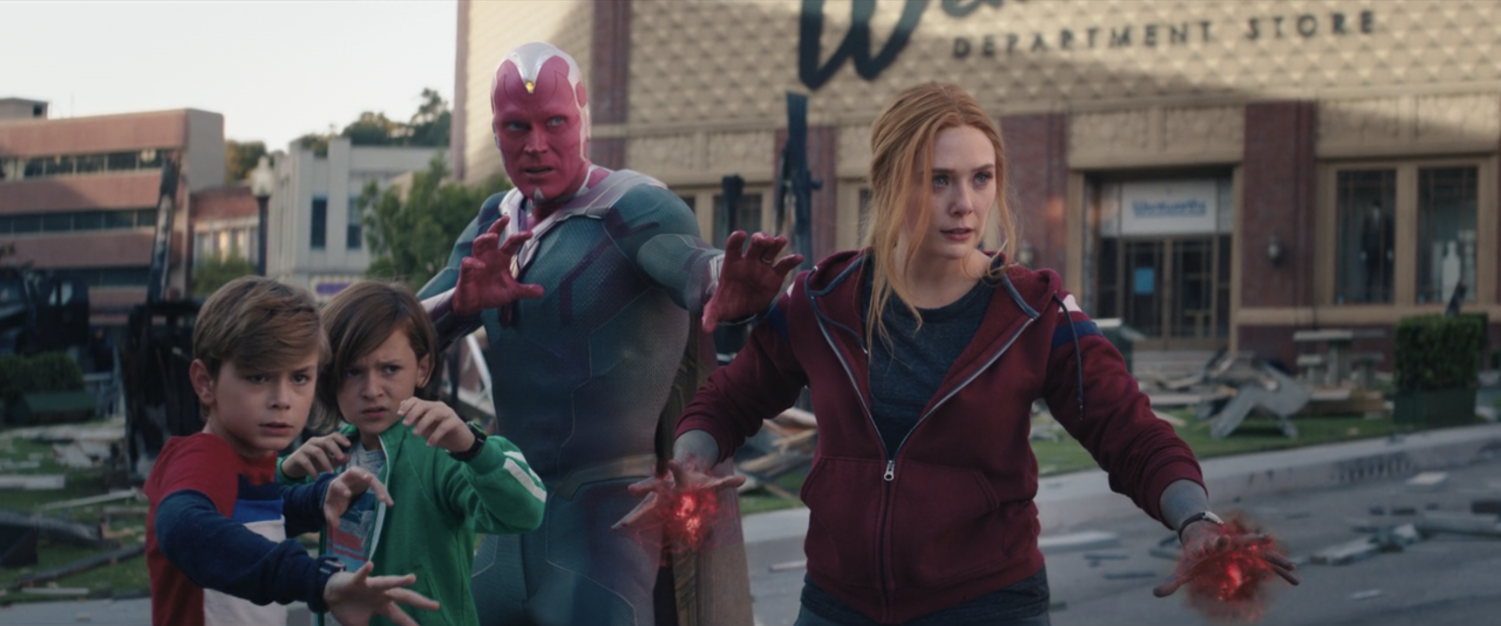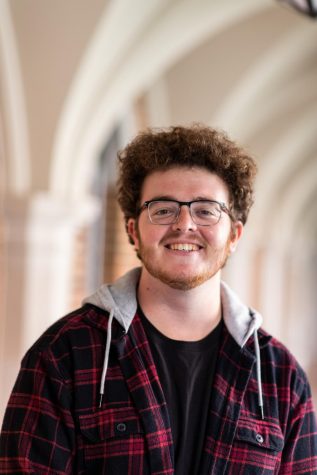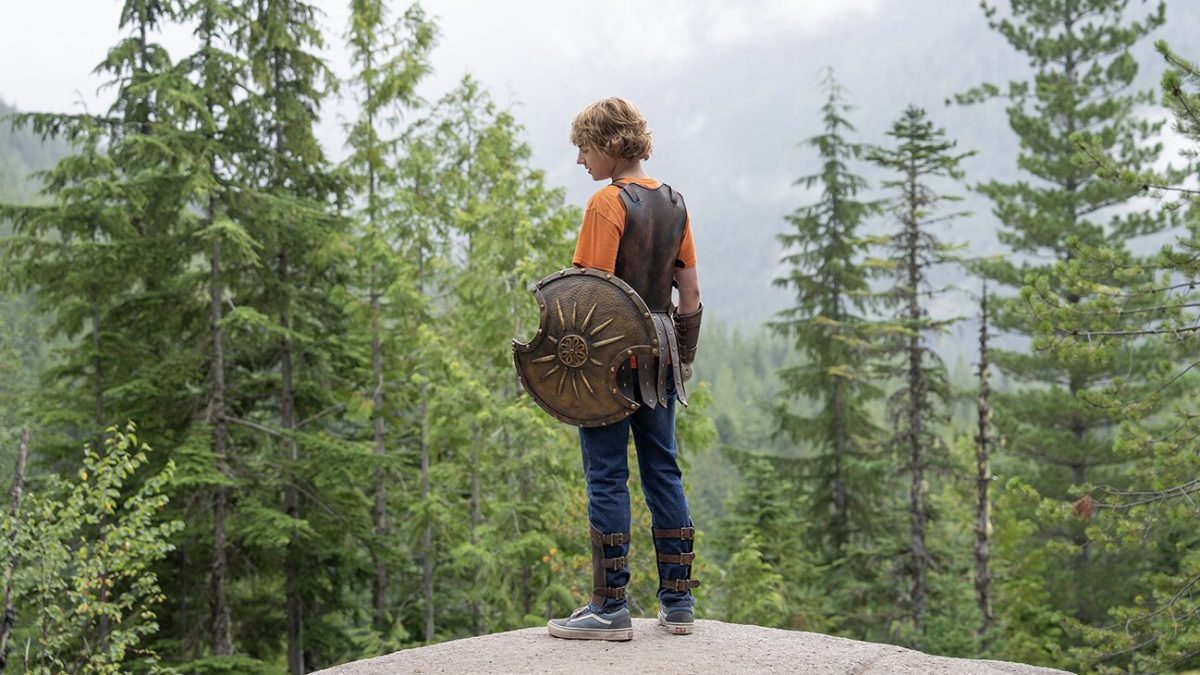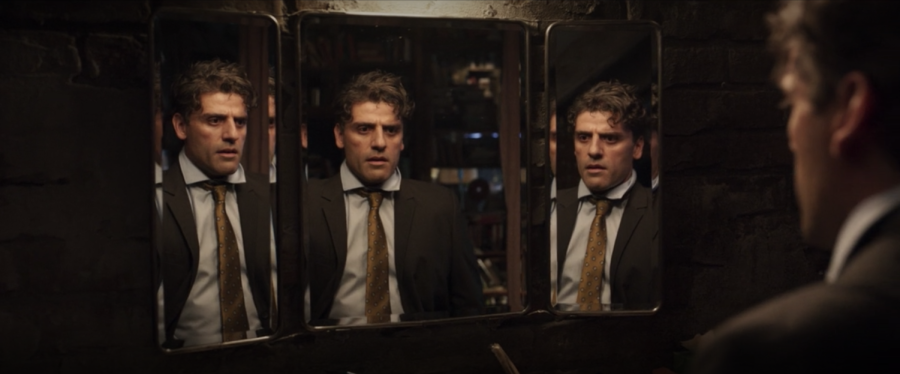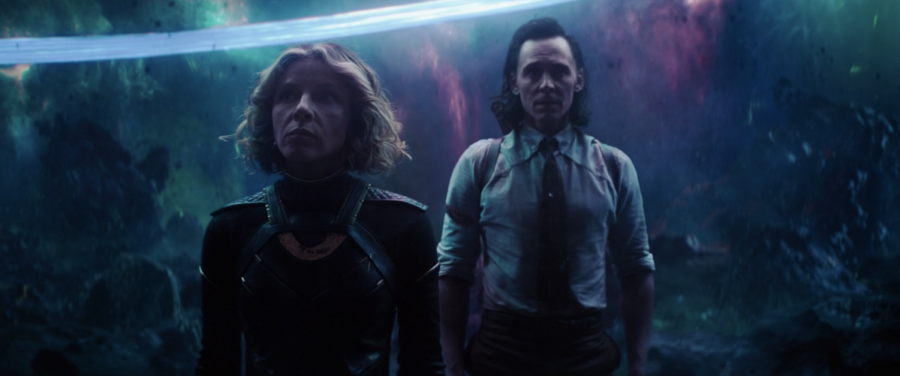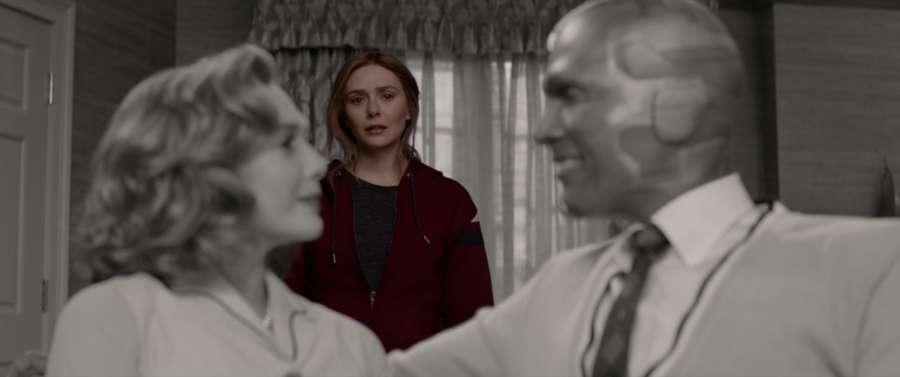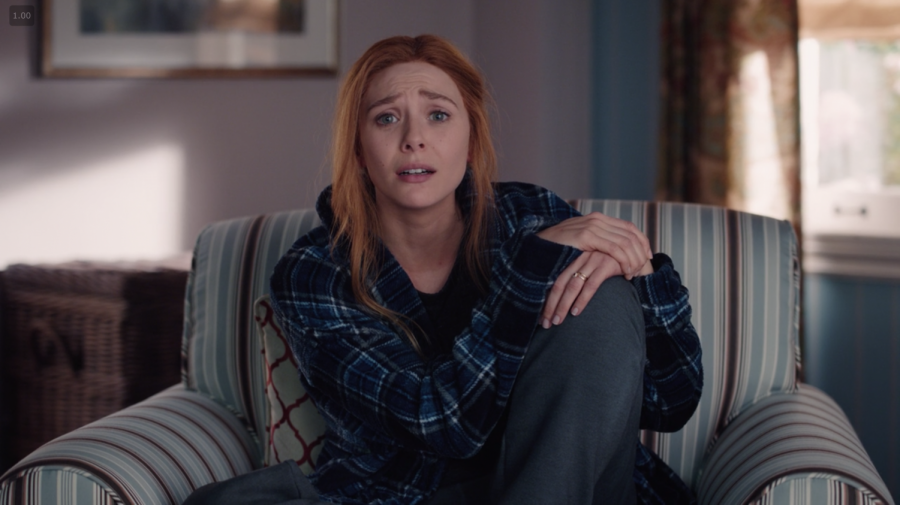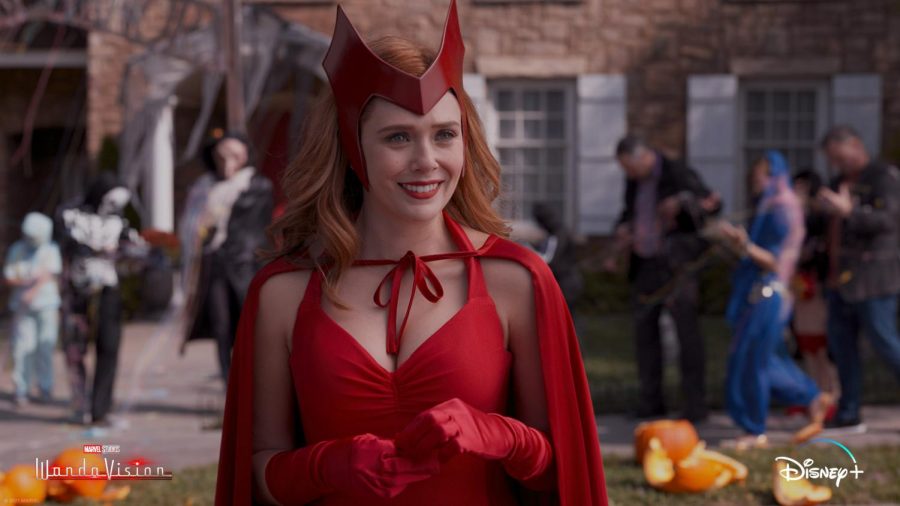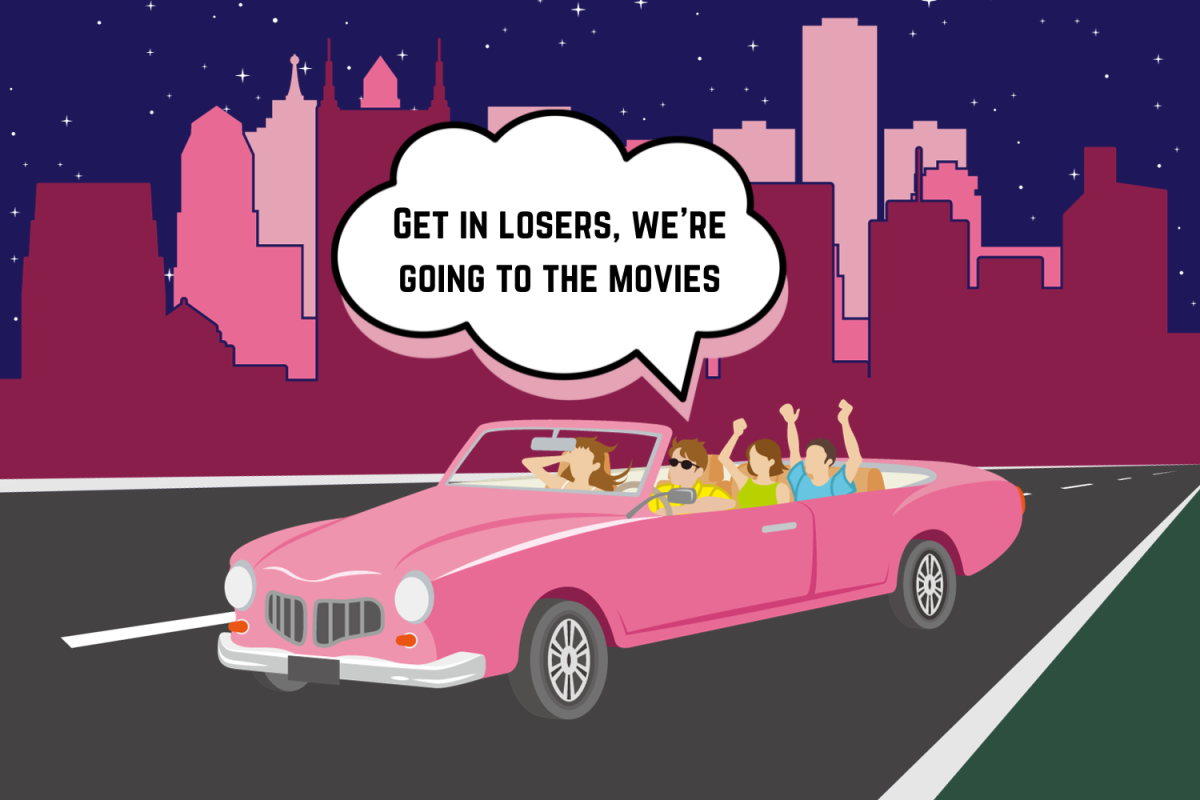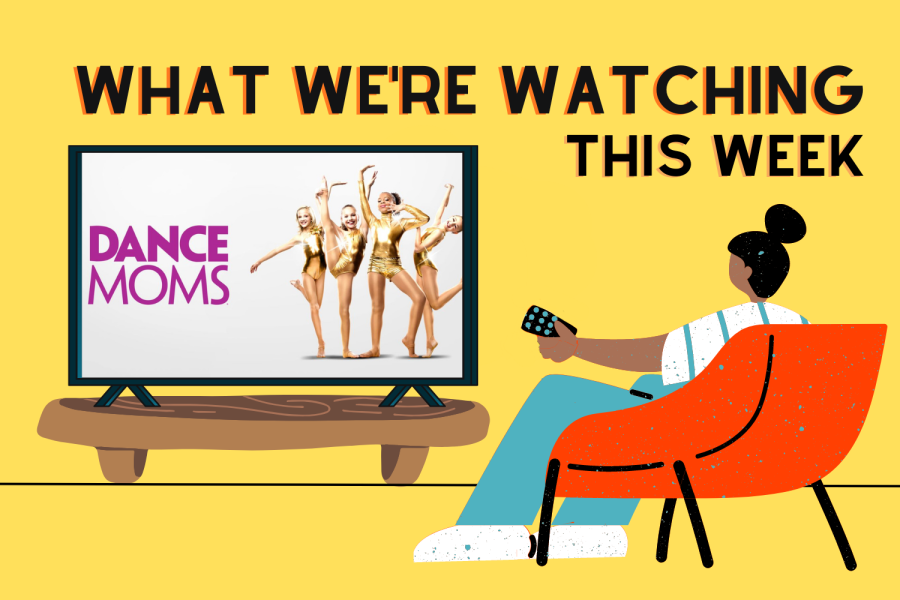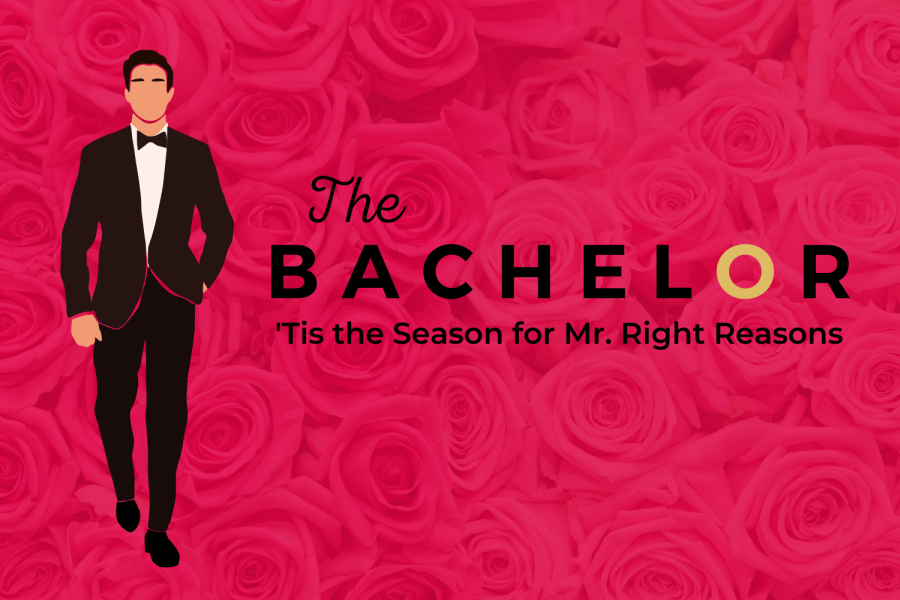The Dick Van Dyke Show. I Love Lucy. Bewitched. The Brady Bunch. Full House. Malcolm in the Middle. Modern Family. The Office.
More than 70 years of television history sat down together at the dining table in front of a live studio audience to forge the magically terrifying conglomeration of MCU movie magic and classic sitcom shenanigans that is Marvel Studios’ “WandaVision.” Why, then, did the finale of this unprecedented era-crossover project feel so half-baked?
Simply put, the finale tries to do too much in too little time, creating a resounding success on one front and an abysmal failure on another. Let’s evaluate.
Up to this point, “WandaVision” has focused on two concurrent storylines: one inside Westview and one outside. The first follows Wanda and Vision’s lives within the city walls Wanda magicked into existence—literal representations of the barriers she constructed around herself to avoid processing her grief. Thus, we received the uncanny, almost-too-perfect sitcom plotlines of the first few episodes, with a troubling undercurrent of instability that bubbled to the surface in the latter half of the season. After episode eight’s time-hopping adventure, we knew an epic showdown between Wanda and the wicked witch of Westview was inevitable in the finale.
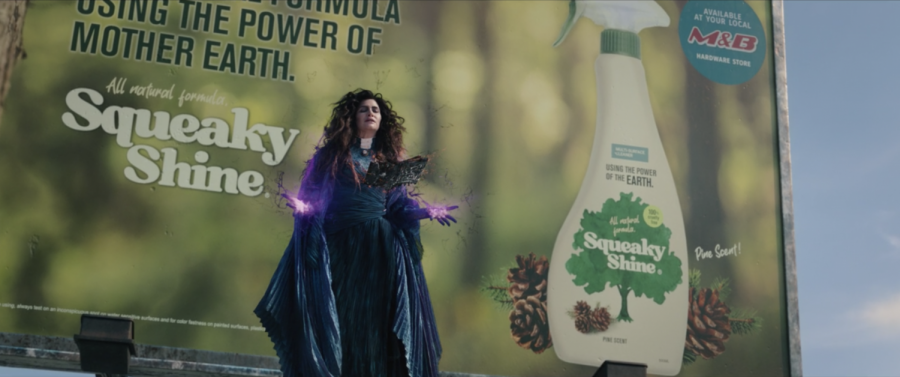
The second plot, introduced in episode four, deals with SWORD’s investigations into Wanda’s anomaly and the growing rift between Captain Monica Rambeau’s research trio (Woo, Darcy and herself) and Director Tyler Hayward about the proper way to save the Westview residents from Wanda’s control. While Monica attempted to help Wanda confront and solve her problems, Hayward chose to carry a big stick and illegally repurposed Vision’s vibranium remains to create White Vision, an emotionless husk with no free will that Hayward could then use to eliminate Wanda outright.
Separated by Westview’s walls, these stories work hand-in-hand, with the SWORD plotlines efficiently tying the weird fun and endless references of the sitcom-style episodes back into MCU reality. But when Wanda breaks down those walls in the finale, the SWORD story loses its relevance and we no longer feel empathy for any of the characters we’ve come to know—simply because they have no bearing on the battle between Wanda and Agatha.
Hayward is the spitting image of a Scooby Doo villain, with all potential for a legitimate moral dilemma fading away when he shoots Billy and Tommy at point-blank range—yes, he fires a government-issue weapon at two 10-year-olds. Agent Woo fancies himself the Mystery Inc. to that crude villainy, making his forced awkwardness, which worked so well alongside Paul Rudd’s Ant-Man, insufferable. Though Monica does get one visually impressive scene in which a new superpower of hers is revealed, even her character feels empty compared to the extreme emotional weight of the concurrent witch brawl. And Darcy, arguably the best-written character from SWORD, only gets three seconds of screentime. Give us more Darcy Lewis or give us death!
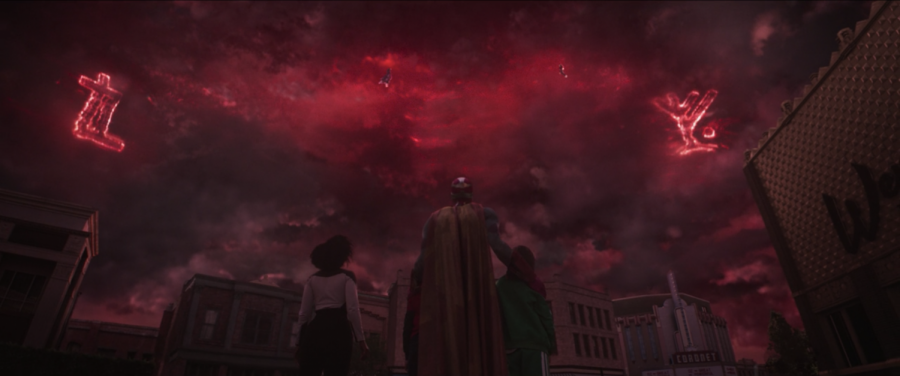
But there’s a silver lining to the dismal way “WandaVision” concludes its SWORD story—the Westview story is fantastic, and not just by comparison.
Kathryn Hahn continues to knock it out of the park as Agatha Harkness, with cheeky taunts and casual reveals of intense Scarlet Witch lore that she delivers with just the right balance of blasé envy. Elizabeth Olsen matches Hahn’s energy skillfully, especially as the two debate the ethical and moral complications inherent to Wanda’s Westview problem. MCU ethics have traditionally been spotty (Sokovia accords, anyone?), but here they shine as Wanda realizes she must “kill” her faux family to free the rest of Westview’s citizens from her control.
But before reality sets in on that front, Paul Bettany performs an intricate poetic dance with none other than himself as Vision and White Vision duke it out in a battle of wits. The identity-metaphysics thought experiment of the Ship of Theseus could not be a more perfect way for the two Visions to come to a philosophical understanding of one another, and Bettany handles both roles with ease. We walk away with the same question Vision has been asking himself for years: what makes a person who they are?
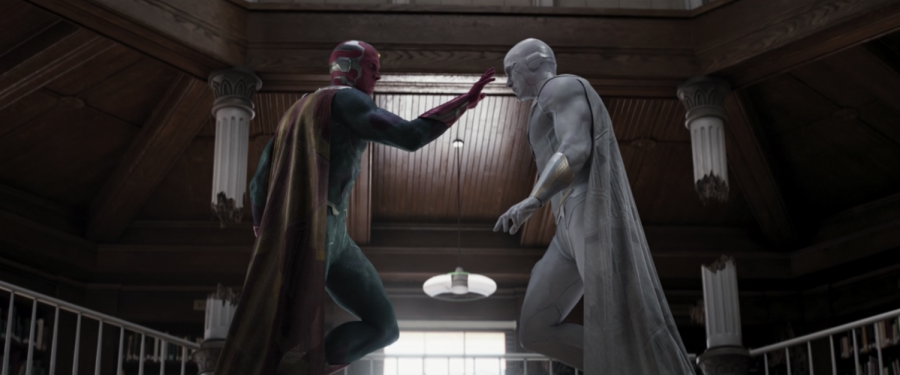
With this question rattling around in our heads, we then return to Wanda and Agatha. The choreography of their final battle is an elaborate tango of spellcasting and emotional jabs, emphasizing how the battle truly could go either way. Expert musical direction also conveys this sense of ambivalent suspense, making it hard to tell whether Wanda is a hero winning the day or a villain charging to full power. Maybe that dichotomy no longer exists. Maybe Wanda as the Scarlet Witch is that dichotomy.
It’s all over when Olsen brings the desperate and uncertain facial expressions from the first few episodes to a new peak by adding a final, concluding emotion to the mix: resignation. A broken world can’t fix a broken person, and when Wanda accepts that, she overcomes her denial and does what she must in a vulnerable moment of emotional honesty. She frees Westview.
As the illusion crumbles, we think back to the “Incredibles” movie moment of the Maximoffs standing together as a family in attack position, ready to face Agatha, White Vision and Hayward. We feel the power of empathy from Monica’s assertion to Wanda that she understands her grief. And we watch Wanda and Vision standing together in their living room for the last time.
“We’ve said goodbye before,” Vision tells Wanda. “So it stands to reason…”
“We’ll say hello again,” Wanda finishes. And they cry. And we cry too.
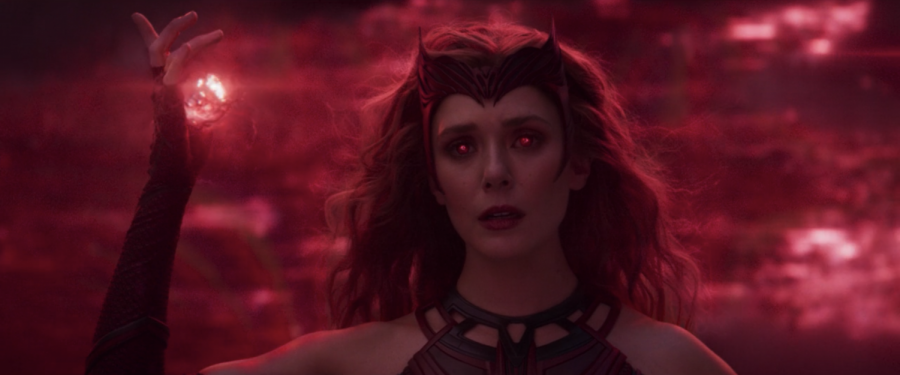
When the borders of the fantasy finally shrink down to nothing, we get the same exact shot of Wanda standing in the empty lot of the house never built that we saw in episode eight. It’s this moment that communicates the overpowering melancholy of “WandaVision,” but something’s different this time.
After Vision’s death in “Infinity War,” fans had a field day with what they considered an overreaction on Wanda’s part—I know I saw at least a dozen variations of the same joke comparing Vision’s android body to a toaster. But who can blame them? The MCU hadn’t presented Wanda and Vision’s relationship with the right foundations, meaning we couldn’t really root for them as a couple just yet. Olsen and Bettany performed well, but their story lacked depth.
However, just as Wanda subjected the residents of Westview to her pain and grief through mind control, “WandaVision” allowed us as viewers to feel it too. We re-lived her relationship with Vision—and the many decades it now spans—from start to finish, discovering along the way that the toaster analogy couldn’t be farther from the truth.
Perhaps Wanda and Vision will continue to find each other again and again, ad infinitum. There’s definitely enough loose ends to allow for it. White Vision has been granted free will, and he now holds all the memories of “Infinity War” Vision, albeit with none of the sitcom trauma.
There’s a certain comfort in the knowledge that he’s out there, somewhere, regardless of what he knows or who he is. His love saved Wanda once, and as the Scarlet Witch’s power builds, maybe it’ll save her again. But at least for now, the credits will roll—for real this time.



